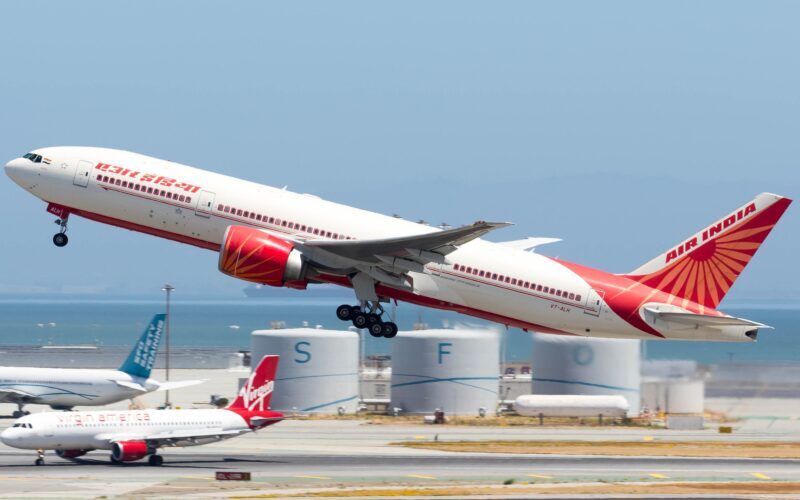Air India Adopts Fatigue Risk System as Pilots Raise Safety Concerns

As the Directorate General of Civil Aviation’s (DGCA) deadline for feedback ends, Air India has agreed to implement the Fatigue Risk Management System (FRMS), even as pilot unions warn it could compromise safety by extending duty hours. The DGCA’s advisory requires airlines to establish robust reporting mechanisms and maintain schedules that provide cockpit crew with adequate opportunities for rest and sleep. It also stresses that no punitive action should be taken against pilots who declare themselves fatigued and unfit to fly.
Air India sources told The New Indian Express that the airline has decided to comply with the norms proposed by the aviation regulator. The decision coincides with the Monday deadline set by the DGCA for stakeholders to respond to its FRMS advisory. However, pilot associations argue the current framework raises serious concerns.
Captain Anil Rao, General Secretary of the Airline Pilots Association of India (ALPA), which represents nearly 1,000 pilots in India and abroad, said the union supports a scientifically based fatigue management system but fears FRMS could be misused without independent oversight and strict safeguards. “Without such safeguards, FRMS risks becoming a tool for operators to extend duty periods at the expense of safety,” he said. Rao also urged delaying implementation until the final accident report of AI 171, which crashed in Ahmedabad, is released so its fatigue-related safety recommendations can be incorporated.
He further pointed to a history of punitive action against pilots reporting fatigue, including terminations, and cited at least one case where the DGCA did not recognize fatigue on appeal—undermining trust in both operators and regulators. “While FRMS is a well-intentioned step to align India with global fatigue management practices, its present form presents significant concerns,” Rao added. He acknowledged the system’s positive elements—scientific foundation, International Civil Aviation Organization alignment, structured oversight, and emphasis on a non-punitive culture—but warned that risks such as regulatory overlap, operator manipulation, lack of independent pilot oversight, and unresolved safety lessons from recent accidents outweigh the immediate benefits.
Captain C.S. Randhawa, president of the Federation of Indian Pilots, which represents more than 5,000 professional pilots and aviation professionals, went further, calling for the DGCA to withdraw its “flawed proposal.” “The circular is a blueprint for commercial exploitation and regulatory ambiguity and will lead to a degradation of safety margins,” he said. Randhawa criticized the exclusion of a nominated representative from any pilot body in the Flight Safety Action Group and the DGCA task force. He also flagged “a significant safety loophole” in the regulator’s plan to roll out graded approvals by initially testing FRMS on a “pilot cohort” of two or three major airlines. “This approach marginalises smaller carriers and is fundamentally flawed,” he added.
While Air India’s adoption of FRMS signals a move toward internationally recognized fatigue management practices, the fierce opposition from pilot groups underscores the regulatory, safety, and trust challenges India’s aviation sector faces in balancing operational efficiency with crew wellbeing.
Related News: https://airguide.info/?s=air+india, https://airguide.info/category/air-travel-business/travel-health-security/
Sources: AirGuide Business airguide.info, bing.com, newindianexpress.com
